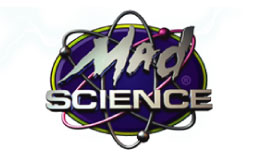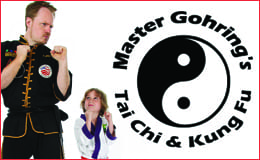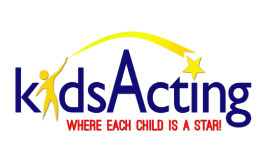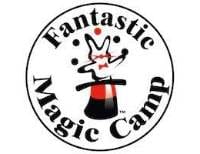| Good eye! 2013-04-30 Author: Sara Rider |
For some children, kindergarten and first grade are a breeze – as long as they are sitting at the front of the room and the chalkboard is close by. But move them to the back of the room and suddenly things get fuzzy. We’ve all known children who begin their school careers with less-than-perfect vision. But once that problem is recognized – and appropriate glasses are resting on their noses – everything becomes clear and bright again. And school can once again be fun.
But for some children, vision problems can continue to interfere with learning, even if their vision has been corrected to 20/20.
“When we think about children’s vision problems, we often think about glasses,” says Briana Larson, O.D., F.C.O.V.D., F.A.A.O., founder of the Optometry Center for Vision Therapy. “We want to know that children can see the board, or that their vision is 20/20. Those things are obviously important, but there are other things that can affect classroom performance.”
According to the American Academy of Ophthalmology, vision problems can interfere with the process of learning. These problems range from visual tracking problems – the ability of the eyes to move together on the page when reading – to binocular vision disorder, where the eye muscles aren’t working well together. While these problems can affect learning, the American Academy of Ophthalmology points out that vision problems are not the cause of primary dyslexia or learning disabilities.
But vision problems can make tasks most of us take for granted much more difficult.
“You think it’s automatic for the eyes to move together on a page when you open a book, but there are children and adults whose eyes don’t track well together,” explains Dr. Larson. “It’s pretty detrimental and can cause them to lose their place or skip a word.”
Children and adults can also suffer from convergence insufficiency, which is a problem with binocular vision – the vision we use for close-up tasks like reading.
“In convergence insufficiency, the eyes aren’t coming together when they look at something up close. People who suffer from this often have reduced focus or reduced attention for reading. It can also cause eye-strain, double vision and headaches.”
According to the American Academy of Optometry (AAO) and the American Optometric Association (AOA), eye-strain and convergence insufficiency can be a significant handicap to learning. In a joint statement, the AAO and AOA also recognize that there are more subtle visual defects that influence learning, affecting different people to different degrees.
These and other types of problems can exist even if children have 20/20 vision. And the problems will not be detected on a typical elementary school vision screening. When children have these types of vision problems, it can lead to behavior problems or problems with attention, according to Dr. Larson.
“Another sign is avoidance of near-work, particularly in preschool and elementary-aged children,” adds Dr. Larson.
While the problems can first be noticed in an elementary-aged student, if nothing is done to correct these problems, the vision problems can continue to affect learning.
“By the time children reach high school or college, the symptoms of these types of vision problems become more obvious,” says Dr. Larson. “Students can get headaches when they read or it can seem that the words move on the page. It can reduce their reading speed or reduce their comprehension when they lose their place. They can confuse words that look similar.”
Once the particular type of vision problem is diagnosed, the problem can be treated and the eyes retrained through vision therapy. The Children’s Eye Foundation defines vision therapy as “an attempt to develop or improve visual skills and abilities; improve visual comfort, ease and efficiency; and change visual processing or interpretation of visual information.” This type of therapy is called orthoptics and includes the treatment of defective eye movement and coordination as well as problems with binocular vision.
According to the Children’s Eye Foundation, orthoptic vision therapy can include eye exercises to improve binocular function. These eye exercises can help in treating convergence insufficiency. The American Academy of Ophthalmology advises convergence insufficiency can be treated with “near-point exercises, prism-convergence exercises or computer-based convergence exercises.”
While many national medical groups agree that optometry can play a role in overcoming visual problems, the AAO and AOA describe optometric treatment as “one aspect of a multidisciplinary approach required to prepare the individual for life-long learning.”
But the American Academy of Ophthalmology also points out that scientific evidence does not support the effectiveness of these exercises or other treatments in cases of “complex pediatric neurocognitive conditions.”
According to Dr. Larson, vision problems can be confused with other problems, like dyslexia. The AAO and AOA also maintain that “treatment programs for learning-related vision problems must be designed individually to meet each person’s unique needs.”
When the right approach to the problem is found, the results can be dramatic.
The first step if you suspect a problem is always a conversation with your pediatrician. He or she may then refer you to an ophthalmologist or optometrist for additional screening.
With correct diagnosis and treatment, a child’s eyes can function the way they were intended – bringing words, numbers and symbols into clear focus and opening up a world of learning.
Sara Rider is a native Austinite who has worked with physicians and hospitals throughout Texas. She frequently writes freelance articles on health topics for newspapers and magazines.















